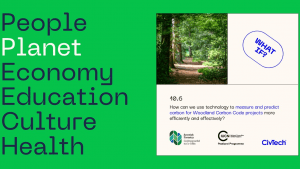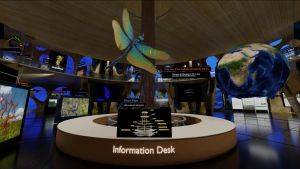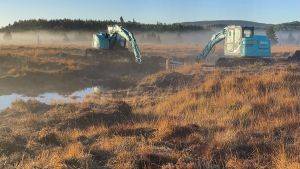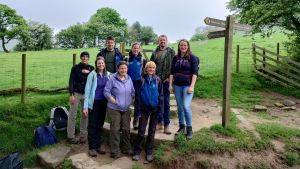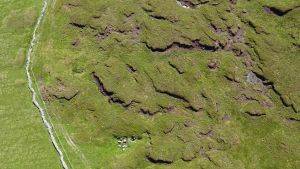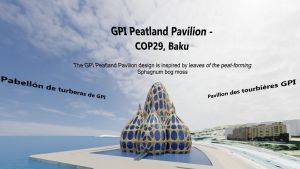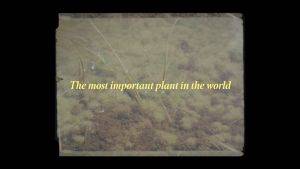Background
Flooding costs an estimated £1.3bn per year1 and has a significant impact on land use and communities. There have been a number of assertions in the media about links between both upland and lowland land management practices and the incidence and severity of downstream flooding. Natural flood management (NFM) is gaining policy attention and funding, and there are now a few projects that are specifically exploring the links between peatland condition and flood dynamics, such as ‘Making space for water’ and ‘iCASP’.
The Commission of Inquiry on Peatlands (2011) focussed on the evidence relating to peatland condition and water quality. We are now in a position to examine some of the emerging evidence on peatland condition and hydrological dynamics.
Objectives
Expand on the previous review of within site hydrology to explore the new science around catchment scale hydrology and policy interest around natural flood management. Including, but not exclusive to:
- Controls on peatland hydrology including artificial controls on hydrology such as drainage and pumping
- Generation of and dynamics of surface water flows
- Is peatland conservation and restoration an effective tool in the NFM toolbox? What is the effect of peatland management (e.g. drainage, forestry, burning, restoration) on catchment hydrology?
- Are there any case studies that can be used to highlight the interplay between peatland management and catchment hydrology?
- As far as possible, quantify any of the headline costs (£) associated with peatland state and hydrological dynamics. Include case-studies where relevant
- Provide a summary of the remaining evidence gaps. Produce protocols for the monitoring and assessment of peatland hydrology and related variables to address these knowledge gaps. Include estimated costs.
Outputs
Each team is delivering the following:
- A workshop with relevant stakeholders to scope out topic content plus additional workshops as required
- A written report presenting a consensus view (where possible) amongst the author team and wider stakeholders; where a concensus view is not attainable the report will present the argument clearly and summarise any knowledge gaps. Protocols will be suggested where possible to address these knowledge gaps
- A summary briefing in plain-English of the key findings of the report and recommendations for future work, using case studies to provide examples of key points
- A graphical representation of the topic as a whole, or a key aspect of the topic to be either a) a graphical abstract; b) a summary diagram; or c) an infographic
- Presentation of findings at an Open Inquiry Event, and in addition the option to present at the 2018 IUCN UK Peatland Programme annual conference.
1 Defra figures, total cost 2013/14 floods



